
Switch to CFL Bulbs
CFL bulbs will provide 10,000 hours of light and use $10.40 of electricity (at eight cents per kilowatt hour). To get the same output with incandescents, you would have to use seven bulbs, which would cost less up front, but the electricity would cost $48. Check out our guide to CFLs so you know what you’re getting into.
Check Out These Other Brilliant Ways To Save Money Around Your Home:
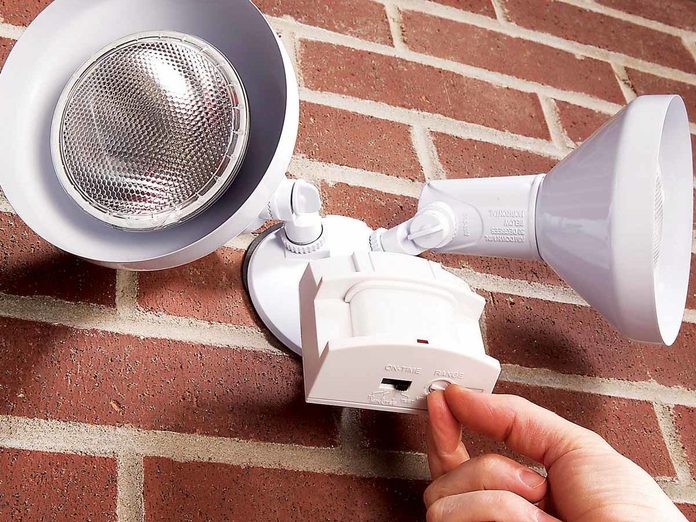
Add Smarter Switches to Lights
Install smarter switches and save up to $100 a year. Motion sensors are the perfect solution for left-on lights. They turn off automatically so you don’t waste electricity. Motion sensors are great for home security but do you know the secrets a home security installer won’t tell you?
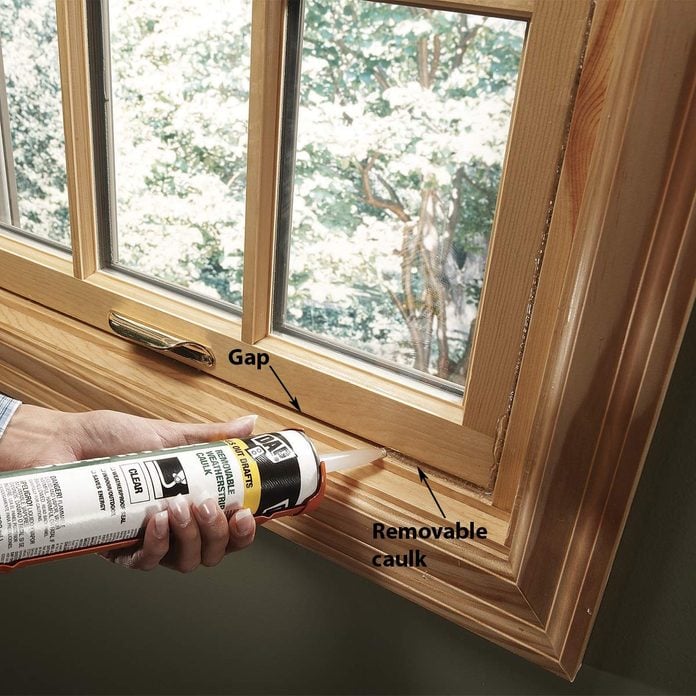
Do Air Leak Testing and Sealing
Caulking windows is one of the most cost-effective ways to reduce your heating bills. But how do you know where to start? Here are the top three things you should do to seal your windows for winter.

Seal Attic Air Leaks
Small air leaks into uninsulated attic space are a major source of heat loss in many homes. Here’s how to locate the leak spots and plug them without spending a lot of money.
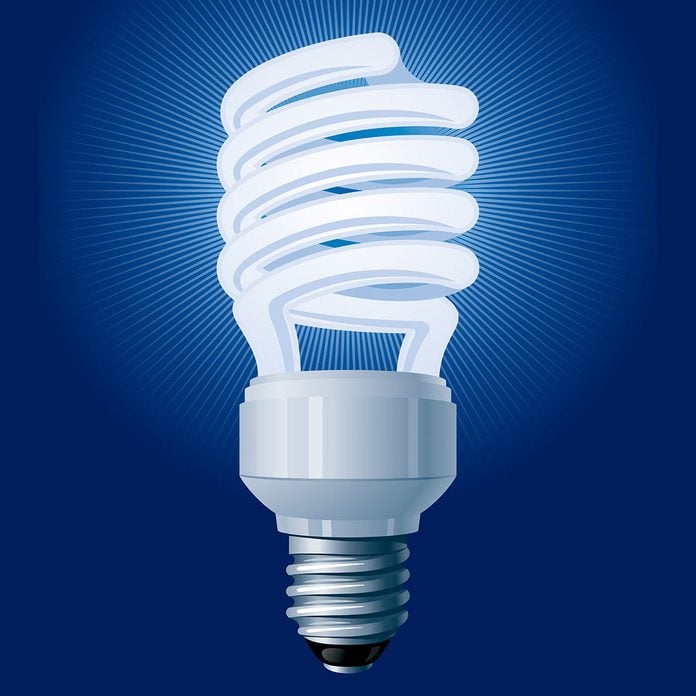
Use Energy Star Products
According to energystar.gov, folks saved upwards of $30 million on their utility bills and helped to reduce greenhouse gases by using Energy Star-rated products. These super-efficient products include CFL and LED light bulbs, household appliances, building materials such as windows and doors and HVAC equipment, among many others.
The average household spends $2,000 each year on energy bills. Energy Star says that appliances bearing its label can cut those bills by 30 percent, for an annual savings of about $600. But you don’t have to replace everything to see a savings. Just replacing an eight-year-old refrigerator with a new Energy Star model can save $110 a year or more in electricity.
Not only is switching to Energy Star products one of the best frugal living tips, but it also allows you take advantage of their energy savings and may qualify you for the Residential Renewable Energy Tax Credit.
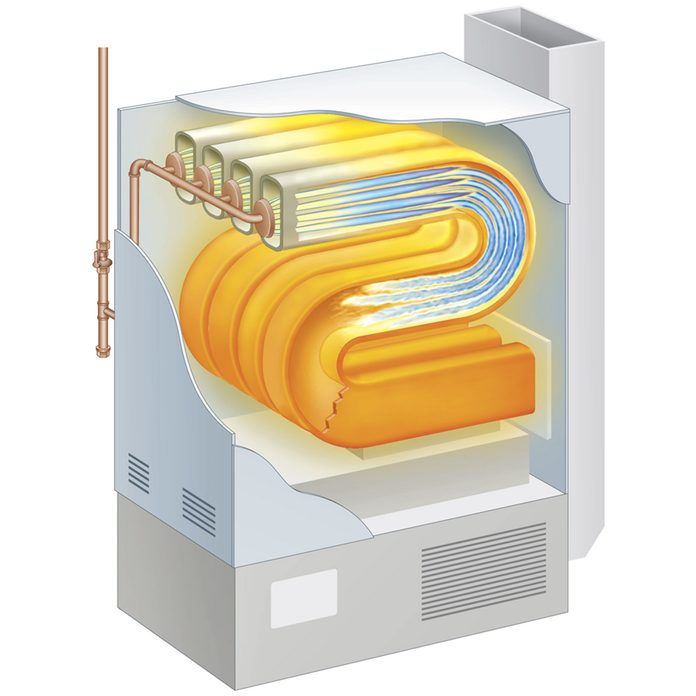
Use a High-Tech Thermostat
If you want to save money by setting back your thermostat at night, use a two-stage thermostat on a two-stage furnace. Learn how to save money with a high-tech thermostat.
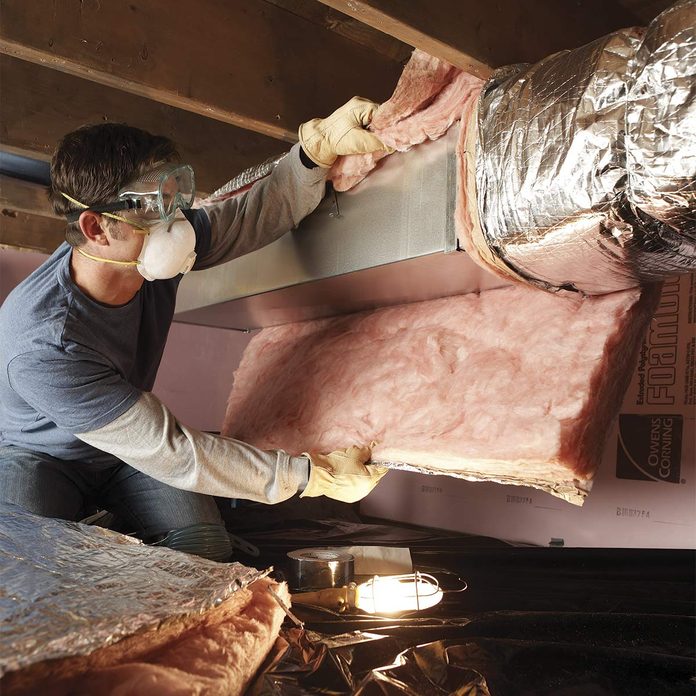
Insulate Crawl Space Ducts
Leaky, uninsulated ducts in crawl spaces and attics waste huge amounts of energy and money. Use duct wrap insulation for a quick fix with a big, immediate payoff. Learn how to insulate crawl space ducts.

Close Heat Registers
It seems like a waste to heat unused rooms, but closing heat registers may actually increase heating costs, especially with newer systems. This is why closing heating vents in unused rooms is less efficient. Here’s how to save energy by closing heat registers.
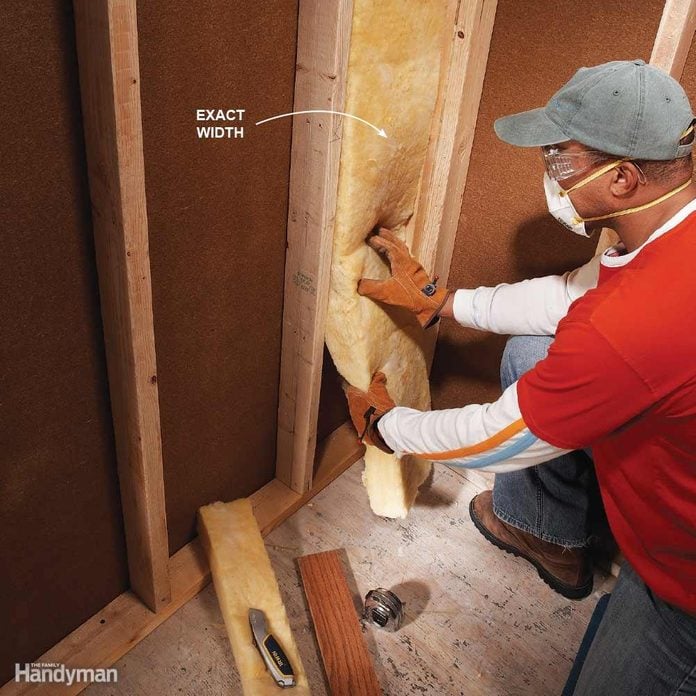
Insulate Walls
Get the most energy efficiency from your insulation by filling all gaps, avoiding compression, sealing holes in framing and other expert tips. Even small gaps can reduce efficiency as much as 25 percent. Learn all about insulating walls.

Use Less Hot Water
Here’s a tip that could save you big money on utility bills. If you’re washing and rinsing your clothes in hot water, you’re wasting a chunk of change heating all that water.
The juice needed to power the machine motor doesn’t cost much — the big expense is heating all that water. Detergents are designed to perform in temps of 65 to 85 degrees F. And cold water is just as effective for rinsing as warm or hot. So dial back those temperature settings!
Check the water temperature in the tub right after it fills. You just might find that even the cold setting on the washing cycle is above 65 F and no hot water is even needed. Just make sure you never put one of these 11 things in the washing machine.
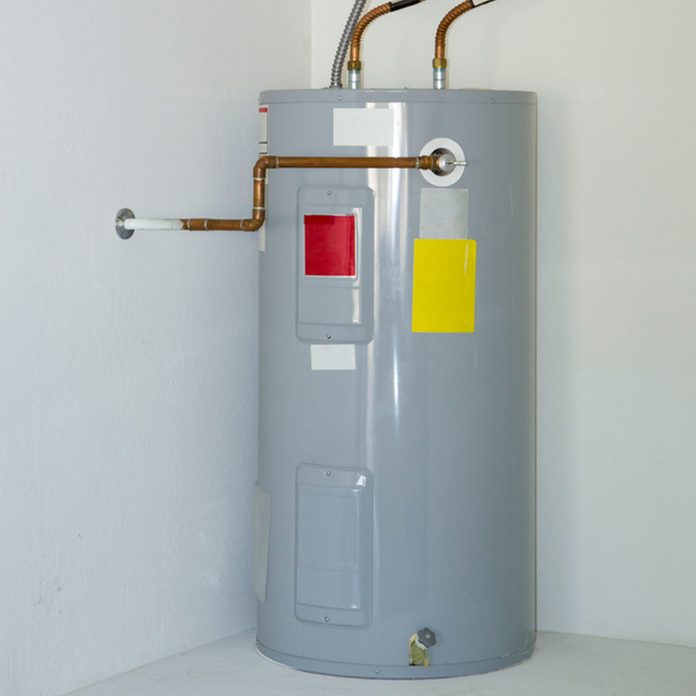
Use a Water Heater Timer
This device allows you to program the times when your water heater activates and deactivates during a 24-hour period. Each household is different and you must determine, based on your hot water use, if a timer is right for you.
Better yet, check out these amazing tech tools for the home, including one that will allow you to shut off the water at home.
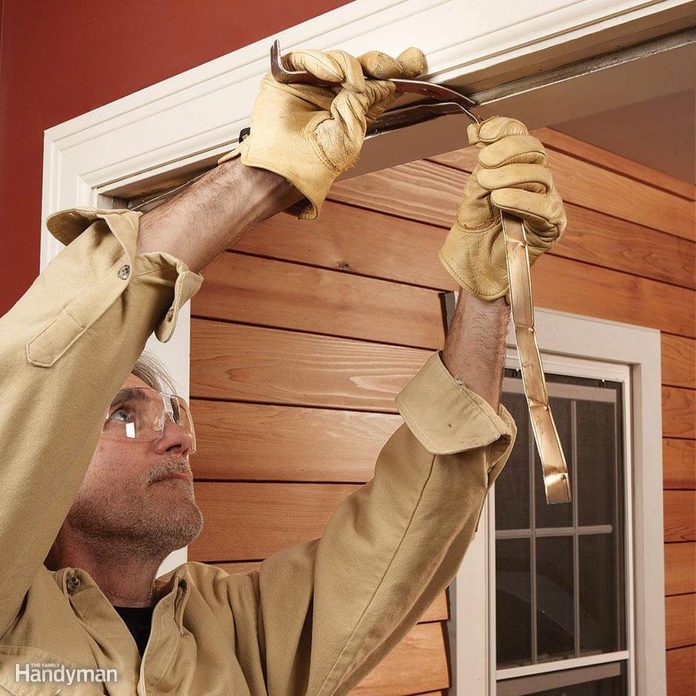
Use Weatherstripping
If you can see light creeping beneath exterior doors, air is also escaping. Grab a few packages of self-adhesive rubber foam weatherstripping and go to town, sealing any and all doors that lead outside.
Weatherstripping already installed but you’re still suffering from a high gas bill? It might be time to replace the strips installed by the previous owners. Be sure to check out this handy tutorial on installing weatherstripping.
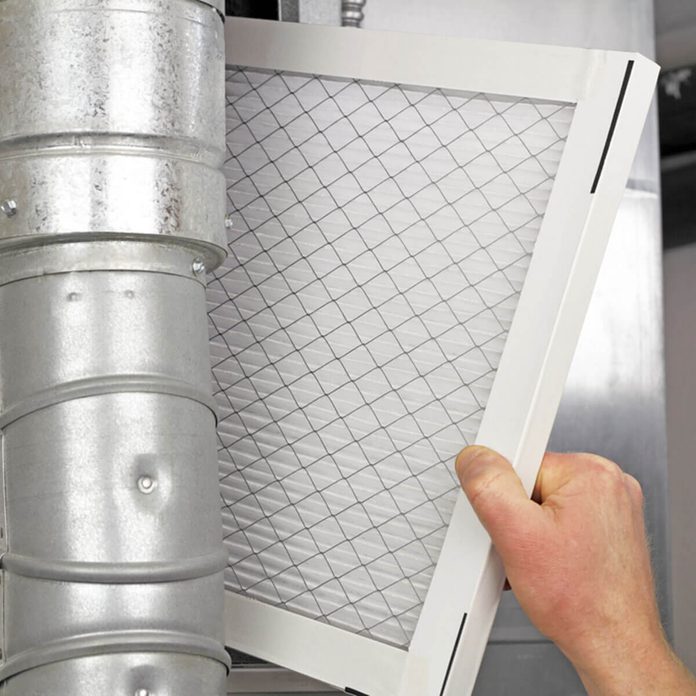
Change Furnace Filter Regularly
Homeowners should change their furnace filters once a month, according to experts. And changing the filter regularly not only helps extend the life of your furnace, it helps with air quality in your home and keeps energy costs down.

Use a Clothesline
A simple clothesline allows you to dry your clothes for free using the power of the sun instead of expensive electricity. Electric clothes dryers can really put a dent in your pocketbook, especially if you have a large household.
While a clothesline does require manual labor to hang the clothes, you will enjoy a fresh, natural smell in your laundry, as well as a reduced utility bill.
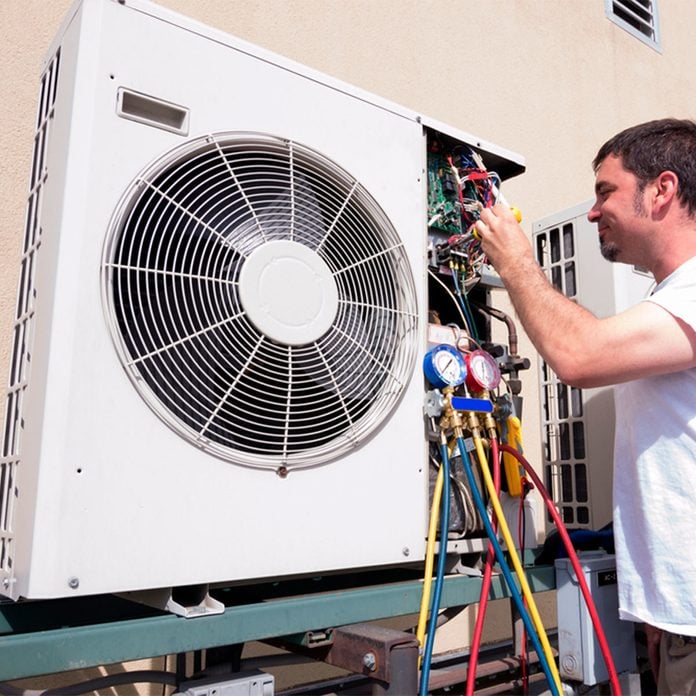
Try a Ductless Mini Split HVAC System
When it comes time to replace your HVAC system, consider switching to a ductless mini split. The super-efficient systems require less labor during installation, do not require air ducts and allow you to cool/heat your home in zones (making it easier to air balance) instead of the entire house.
This can have a profound effect on your energy costs in a good way. See these other clever ways to save money on energy costs.
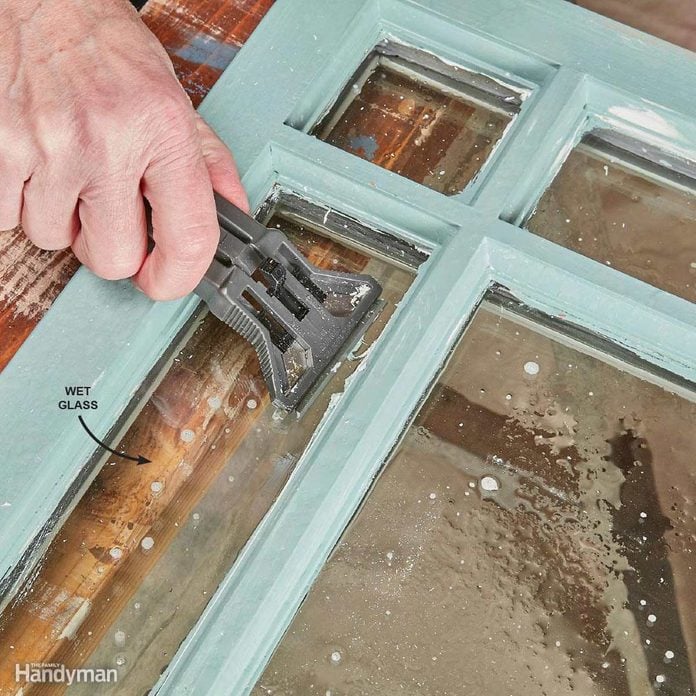
Reglaze Windows
Instead of forking over $5,000 to $10,000 to replace all your old windows with new ones, consider repairing old windows yourself. With a few hundred dollars in supplies (sand paper, paint, window glaze, etc.), you’ll be prepared to reglaze every window in your house.
Though it can be time consuming, you can prioritize the project by room. Remove windows one by one to paint, reglaze and, if necessary, replace any cracked glass. Get started glazing your windows here.
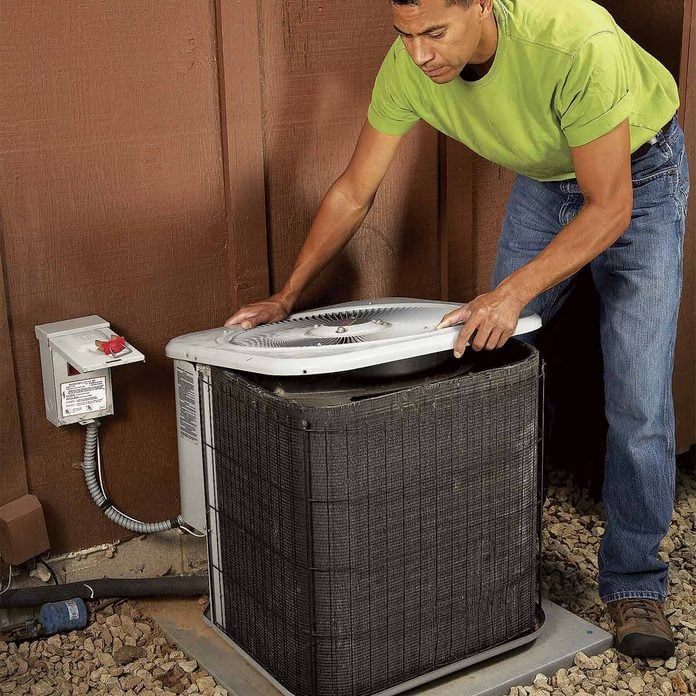
Maintain the A/C
The best way to keep your air conditioner running at peak efficiency is to spend a couple of hours each year on basic maintenance — cleaning and straightening the fins, changing the filter and lubricating the motor.
Roughly half of an average home’s annual energy bill (gas and electric), about $1,000, is spent on heating and cooling. Air conditioners placed in direct sunlight use up to 10 percent more electricity.
If yours sits in the sun, plant tall shrubs or shade trees nearby, but don’t enclose the unit or impede the airflow. Place window units on the north side of the house or install an awning over them. Check out these 21 air conditioner maintenance and home cooling tips.
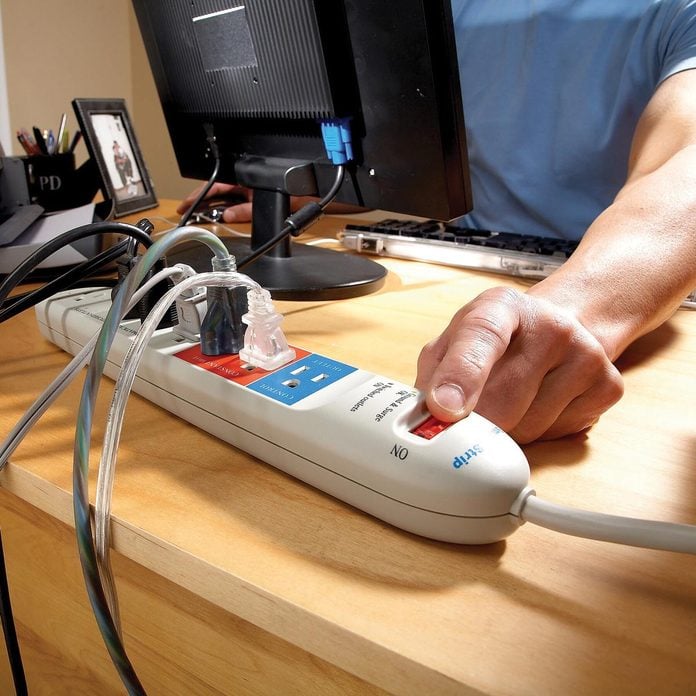
Plug Electronics into a Power Strip
Electronics guzzle lots of power even when they’re turned off. Stop wasting electricity. Plug them into a power strip, then turn off the strip.
Seventy-five percent of the electrical use by home electronics occurs when they’re turned off, according to the Department of Energy. These “energy vampires” suck electricity all day long, costing you an extra $100 each year.
So if you’d like to keep that Ben Franklin in your wallet, unplug your electronics or plug them into a power strip, then turn off the strip.

Clean the Dryer Duct
A clogged lint screen or dryer duct drastically reduces the efficiency of your dryer, whether it’s gas or electric. Clean the lint screen after each load and clean the exhaust duct once a year. The cleaner shown here has an auger brush that attaches to a drill to clean out the ducts.
Electric dryers use about $85 of electricity annually. A dirty lint screen can cause the dryer to use up to 30 percent more electricity ($25 per year), according to the Consumer Energy Center. Lint buildup is also a common cause of fires.
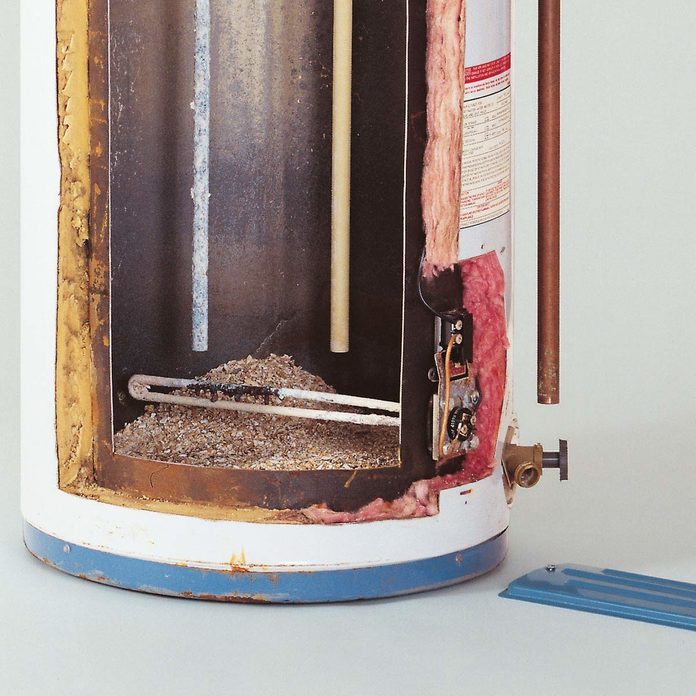
Drain the Water Heater
To make your water heater even more efficient, drain the tank and flush out the sediment at the bottom. Otherwise, you could be heating through inches of sediment before heating the water.
If your electric water heater is warm or hot to the touch, it’s losing heat. Wrap it with an insulating blanket (sold at home centers). Sick of a bulky water heater? Try investing in a tankless water heater.

Try Smart Metering
Smart metering programs vary among utility companies, but the basic idea is the same: The utility installs a special “smart” meter that tracks how much electricity you’re using.
The utility uses that data to make sure its power grid doesn’t get overloaded and cause blackouts. If the grid nears capacity, the utility can shut off major appliances in homes for short periods of time (such as 15 minutes per hour). Not all companies offer smart metering, but some do and many others are considering it.
What’s in it for you? Money! Some programs pay for signing up. Others let you view your home’s usage online in real time so you can better manage your electrical consumption.
Others let you choose “real-time” or “time-of-use” pricing that allows you to pay less for electricity that’s used during off-peak hours (for example, on weekdays from early afternoon until 8 p.m.). These plans reward you for using electricity when it’s cheapest.
Smart metering makes the most sense if you’re away from home all day. You won’t notice or care if things get turned off (although it’s a good idea for everyone else too!). According to SRP, a power utility company, the plans cut seven percent off your bill, which is $140 for the average $2,000 yearly energy bill.
Check with your local company to find out what smart metering programs are available in your area. Plus, make sure you’re protecting your electronics properly with these tips.
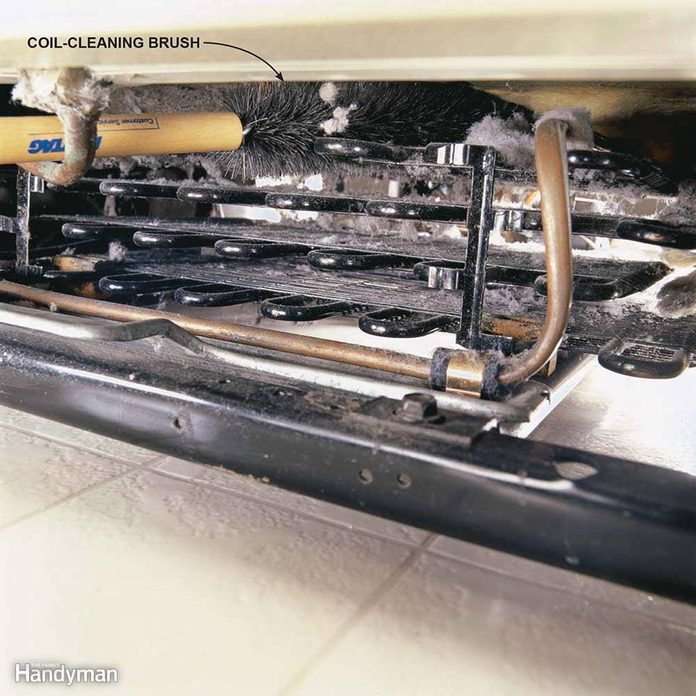
Clean Refrigerator Coils
Refrigerator condenser coils are located on the back of the fridge or across the bottom. When coils are clogged with dust, pet hair and cobwebs, they can’t efficiently release heat.
The result is your compressor works harder and longer than it was designed to, using more energy and shortening the life of your fridge. Clean the coils with a coil-cleaning brush and vacuum.
A coil-cleaning brush, which is bendable to fit in tight areas, does a thorough job. Look for one online or at appliance stores. For tips on repairing your refrigerator (without a service call), check out our guide
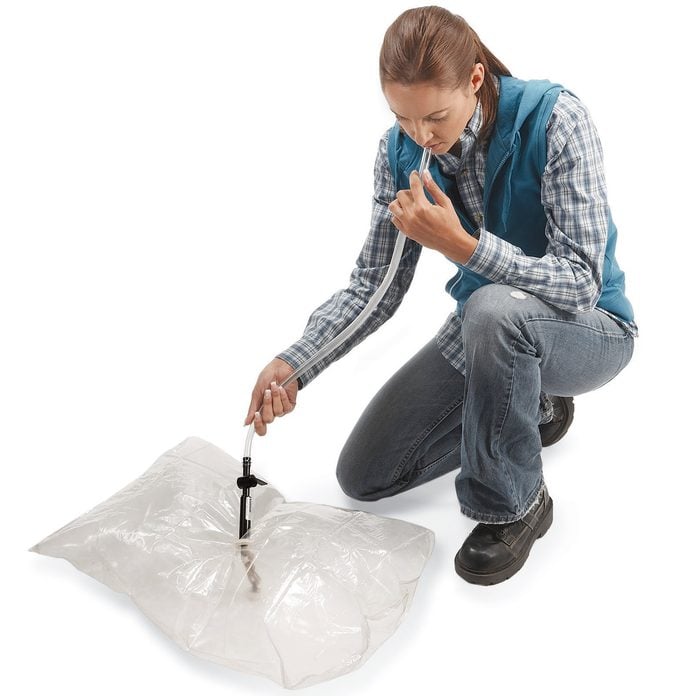
Seal Up a Seldom-Used Chimney
Fireplace chimneys can be extremely inefficient, letting your warm inside air disappear like smoke up a chimney. If you have airtight glass doors that seal the opening, you’re in good shape. If not, a special balloon or chimney-top damper will get the job done.
For fireplace chimneys that are seldom or never used, inflate a Chimney Balloon inside the chimney to stop the air leaks. Buy it directly from the company. Partially inflate the balloon by mouth or with a pump, then stick it into the chimney and blow it up the rest of the way.
Putting in and taking out the reusable balloon can be messy (here’s when to clean a chimney flue), so you don’t want to hassle with chimney balloons if you regularly use your fireplace. But that doesn’t mean settling for energy loss.
Instead, install a chimney-top damper system, like the Chim-a-lator, which seals the top of the flue when the chimney’s not in use. A lever in the fireplace controls the damper via a long cable.
Installation involves attaching the damper and screened-in cap to the chimney top, then mounting the lever in the fireplace. If you don’t feel comfortable working on the roof, hire a chimney sweep or mason who can install the system for you.

Close a Fireplace
Wood-burning fireplaces can warm up a room, but more often they rob a house of heat by letting it escape up the chimney. If you have a modern fireplace with a cold air intake from outside, make sure you equip it with an airtight door.
If you have an older fireplace that uses room air for combustion, equip it with a door that has operable vents. And only keep those vents open when you have a fire in the fireplace. Otherwise, heat will constantly be sucked out of the house.
Airtight doors have gaskets that seal the doors. They fasten to the masonry opening like other door systems, but they seal the area to keep heated air from leaking up the chimney. Prices start at $700. (Yes, that’s a lot compared with the cost of regular doors, which start at about $230.)

Cover Air Conditioners
A room air conditioner keeps a section of the house cool. The problem is, it’ll keep the room cool all winter long if it isn’t covered properly. If you have a window unit, the best solution is to remove it so the cold air won’t flow through and around it.
If you decide to leave it in or you have a permanently installed wall unit, grab some removable caulk and a window air conditioner cover to keep out the cold. And if you have a central air conditioner unit, cleaning it annually can also save you energy and money.
Place the cover over the outside of the air conditioner, fitting the sewn-in corner straps over the bottom corners. Wrap the middle straps under and up the sides of the unit, then hook them over the top.
Inside the house, apply removable caulk around the air conditioner where it meets the wall or window. If the air conditioner is a built-in unit, permanently seal it with latex caulk.

Add a Flap to the Dryer Vent
Is your laundry room cold in the winter? Cold air might be coming through your dryer vent. The vent should have a flap (or flaps) at the end to stop air infiltration.
Go outside and make sure there’s a flap and that it’s not stuck open. If the flap works well, check the caulking. If it’s cracking and peeling away, it’s probably allowing cold air to leak in. Cut away the old caulking, make sure the vent is flush against the siding, and apply new latex caulk.
If the flap doesn’t close on its own, try cleaning it and then spray silicone on the pivot point. If the flap still won’t close, replace it. A new vent costs about $20 at home centers, and installing it will only take about 15 minutes.
Start by cutting away the caulking around the vent on the siding with a utility knife. Remove any screws and unclamp the duct leading to the dryer. Slide the old vent out of the wall, slip in the new one and reattach it to the duct. Caulk around the vent flange.
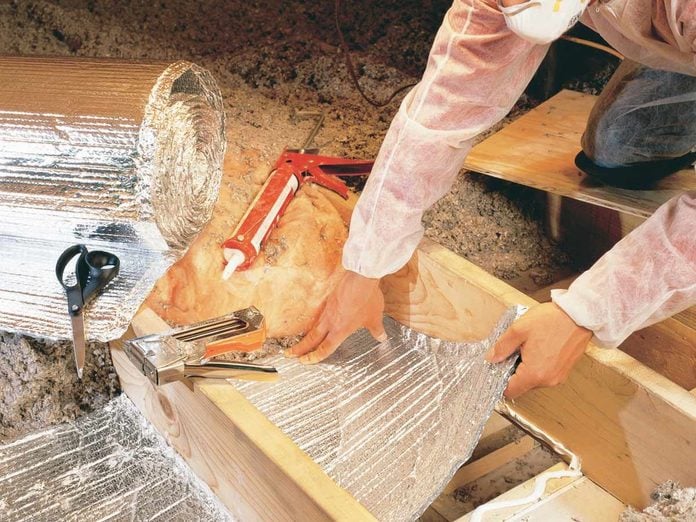
Create an Air Barrier on Open Soffits
Builders often put a soffit where they want to put cabinets or recessed light fixtures, and sometimes they use soffits to contain heating ducts. Soffits have a high potential for leakage, especially if they contain recessed lights.
Refer to your homes sketch and dig around in the insulation if necessary to find them. Reflective foil insulation, sometimes called “bubble-pack” insulation, works well as an air barrier for soffits.
It’s flexible and only about 1/4-in. thick, making it easy to cut with a scissors. You have to clear insulation from the surrounding wood to get the caulk to stick. Then cover the foil with insulation when you’re finished.
However, don’t put insulation within three inches of recessed lights unless the fixture is IC rated (for “insulation contact”). The rating will be listed on a label inside the recessed can.

Use Storm Windows
Storm windows aren’t new, but they’re definitely improved. New ones open and close and can be left on year-round. Some offer low-emissivity coatings to further cut heat loss. You can use low-e versions even if your windows already have a low-e coating.
You’ll see the biggest payback when they’re used over single-pane windows. But don’t use storm windows over aluminum windows — heat buildup between the two windows can damage the aluminum, and drilling holes for installation can cause leaks.
You can buy or special-order storm windows at home centers, but you may have trouble finding low-e models. Two sources are Menards and Larson Windows and Doors. Measure the height and width of the window (from the outside) before ordering. Do-it-yourself installation takes about 30 minutes per window.
“Almost half of U.S. homes have single-pane windows. Windows are major sources of heat loss, but low-e storm windows can reduce that heat loss by more than 50 percent.” — U.S. Department of Energy.

Fill Gaps Around Electrical Boxes
Electrical outlets and switches on exterior walls can leak a lot of cold outside air into the house. Add up all the outlets in the average house and you can have some serious heat loss, which makes it worth spending 10 minutes per outlet plugging the holes.

Fill Gaps Under Sinks
Pull back the escutcheons on plumbing pipes where they enter exterior walls and you’ll probably see generous gaps around the pipes. In cold weather, you might also feel the draft coming in.
All it takes is a can of expanding foam to seal those leaks. (Plus, you won’t believe these 12 mind-blowing uses for spray foam.)
Shake the can vigorously, then squirt the foam around the pipes inside the wall. Don’t completely fill the gap — the foam will expand. If it expands too much and you can’t get the escutcheon back on, wait for it to dry, then slice it flush with the wall with a utility knife.

Use “Winter Curtains”
If you’re turning up the heat in the house to compensate for drafty windows, consider quilted curtains, which can increase your comfort and let you keep the temp down.
Learn more here about how “winter curtains” can keep you warm.
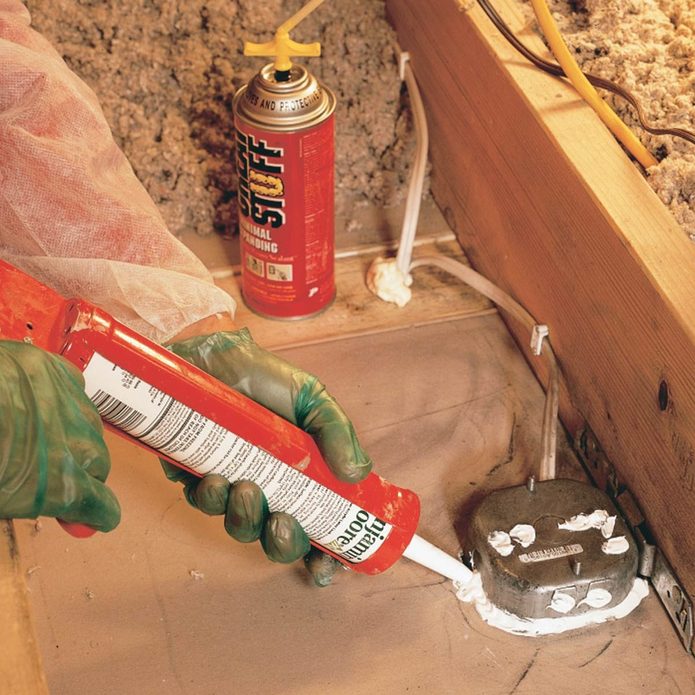
Seal Small Attic Holes With Foam and Caulk
Hot air rises, so leaks in the ceiling are even worse than leaks in walls. And in many homes, this airflow through ceilings and into the attic is the No. 1 source of heat loss.
You can check for leaks around ceiling light fixtures and the attic access door using an incense stick. But the only way to detect other leaks is to crawl up into the attic, pull back the insulation and look for them.
Most leaks occur where chimneys and electrical and plumbing lines pass through the ceiling. Although the attic is a nasty place to work, plugging these leaks is a simple project — mostly caulking and foaming gaps.
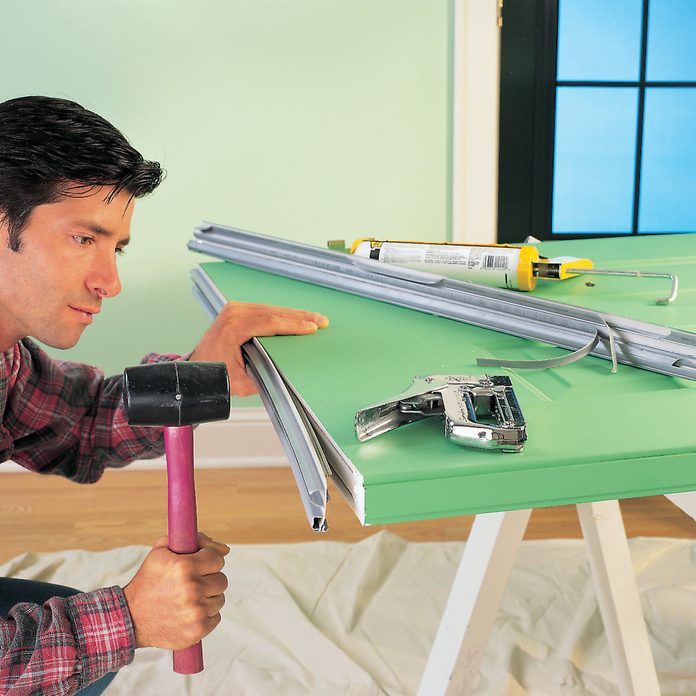
Add a Door Sweep
If you can feel the breeze and see daylight under your entry door, it’s costing you big-time. It also means you need to adjust your door threshold or install a new door sweep. The hardest part about replacing them is usually taking off the door.
Start by adjusting the threshold. Newer versions have screws that raise and lower them. Turn all of the threshold screws until the door opens and closes without much drag and any draft is eliminated.
If that doesn’t work, or your threshold doesn’t have adjustment screws, replace the door sweep. If a drafty sliding patio door is your problem, here’s how to fix it.
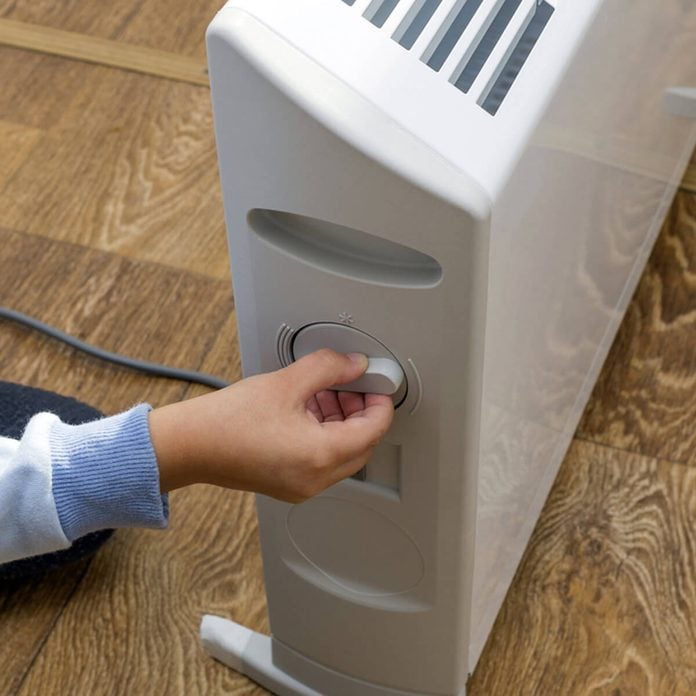
Turn Down the Heat
We all know the deal by now — turn down the thermostat during the winter months and you’ll save money. And it’s true. According to the Department of Energy, for every degree you lower the thermostat, you’ll save one percent on your energy bill.
But turning down the heat has a big drawback — you have to wear extra clothes to stay warm. The solution? Use a space heater to stay comfortable in the room where family members gather, like the living room.
Fireplaces and fireplace inserts can provide space heating, but electric heaters are the easiest way to warm up a room. Curious about how to install a gas fireplace? Here’s a complete guide.

Button Up Hatches and Doors
After sealing the attic bypasses, push the insulation back into place with an old broom handle or a stick as you back out of the attic. Then finish up by sealing the access hatch with self-sticking foam weatherstrip.
You may have to add new wood stops to provide a better surface for the weatherstrip and enough room for hook-and-eye fasteners. Position the screw eyes so that you slightly compress the weatherstrip when you latch the hatch. Use a similar procedure if you have a hinged door that leads to the attic.

Seal Up Ducts
When heated or cooled air escapes from the ducts, especially in the basement and attic, the furnace or air conditioner has to run longer (and use more fuel) to bring the living area of the house to the temperature on the thermostat.
Our heating expert confessed that he never thought duct leakage was a big issue until he saw a thermographic image showing just how much heat is lost at the duct joints. Today he’s a believer in duct sealing.

Patch Up Air Leaks Outside
Look behind any air conditioner compressor or heat exchanger and you’ll find at least one large hole for plumbing and wiring. It’s usually bigger than it needs to be and sometimes only partially plugged with a large wad of electrician’s putty, making it a good spot for heat to get out and mice to get in.
Make these holes more weathertight and less unsightly with a 1-1/2-in. rubber plumbing boot.

Wrap Pipes With Insulation
Insulating your exposed hot water pipes reduces heat loss and helps deliver hotter water at a lower temperature setting. Insulate all accessible hot water pipes within three feet of your water heater using quality pipe insulation or a pipe sleeve.
Place the pipe sleeve so the seam is face down on the pipe and use aluminum foil tape to secure the insulation to the pipe every foot or so. On gas water heaters, keep pipe insulation at least six inches from the flue.
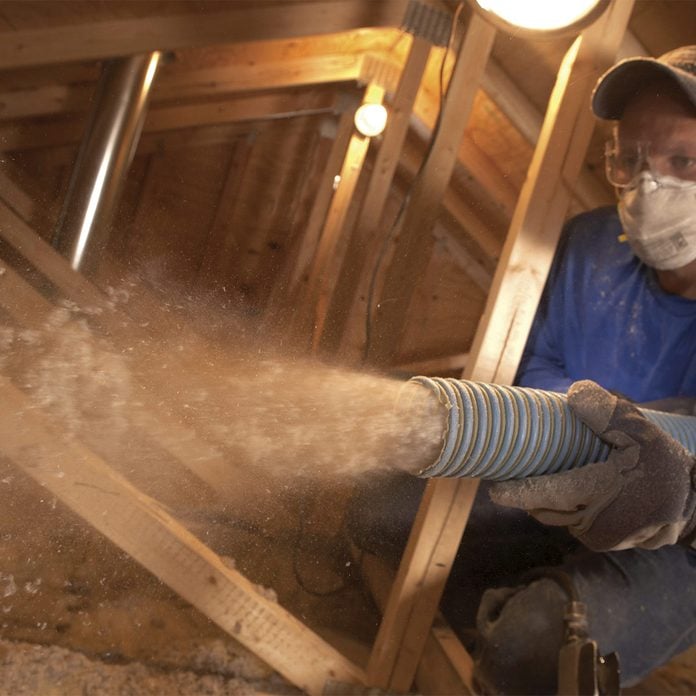
Learn How to Insulate an Attic
Learn how to insulate your attic yourself with blown-in cellulose insulation and start saving money on your utility bills. This step-by-step article walks you through every detail of the job, plus you’ll learn about attic insulation costs.
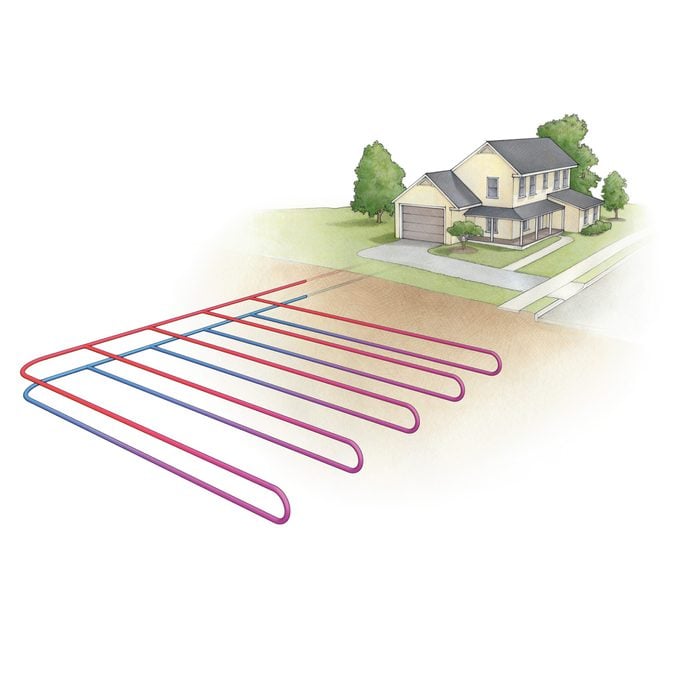
Consider Geothermal
A geothermal heat pump can save you so much money in energy costs (while helping the environment) that you will be tempted to install one immediately.
However, consider the geothermal heat pump cost, because it is so expensive to install that you will be tempted to forget the whole thing.
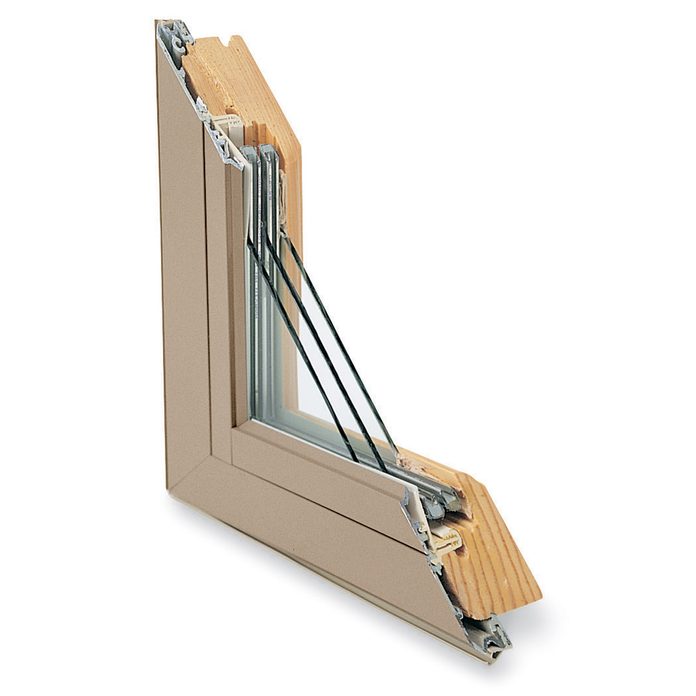
Research Triple Glazed Windows
If you want to upgrade your old windows, be sure to check out the benefits of triple-pane windows as well as double-pane. In cold regions such as New England, triple-glazed windows can save two to three percent of your heating bill, compared with double-glazed windows.
From a cost standpoint, it’ll take a few decades to recoup the 10 to 15 percent upcharge to go from double-glazed windows to triple-glazed. Of course, if your energy bills and energy loss are greater, you’ll recoup the cost sooner.
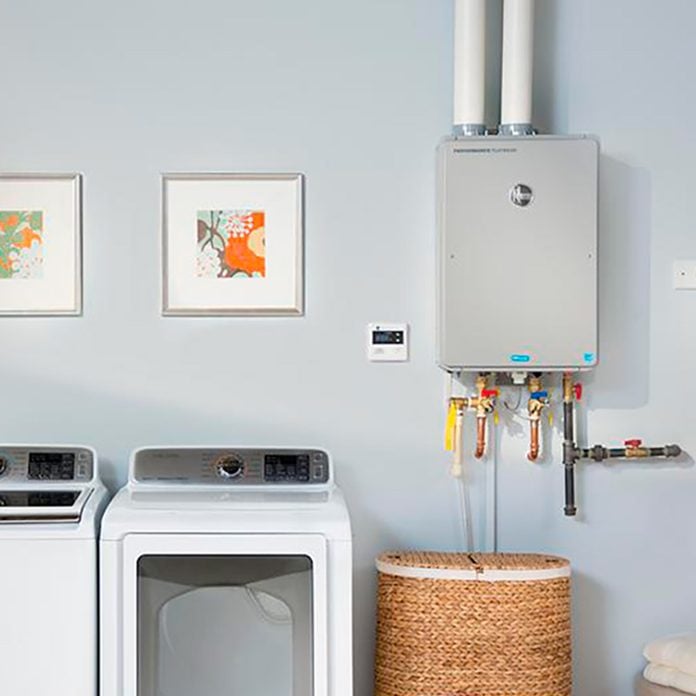
Find Out the Pros and Cons of Tankless Water Heaters
A tankless water heaters uses 30 to 50 percent less energy than units with tanks, saving a typical family about $100 or more per year depending on water usage.
Tankless units (also called “on demand” units) heat water only when you turn on the faucet. They usually operate on natural gas or propane. The main advantage is eliminating the extra cost of keeping 40 to 50 gallons of water hot in a storage tank, so you waste less energy.
They also offer a continuous supply of hot water, which is ideal for filling a big hot tub or a whirlpool. They’re more compact than a standard water heater and mount on a wall.
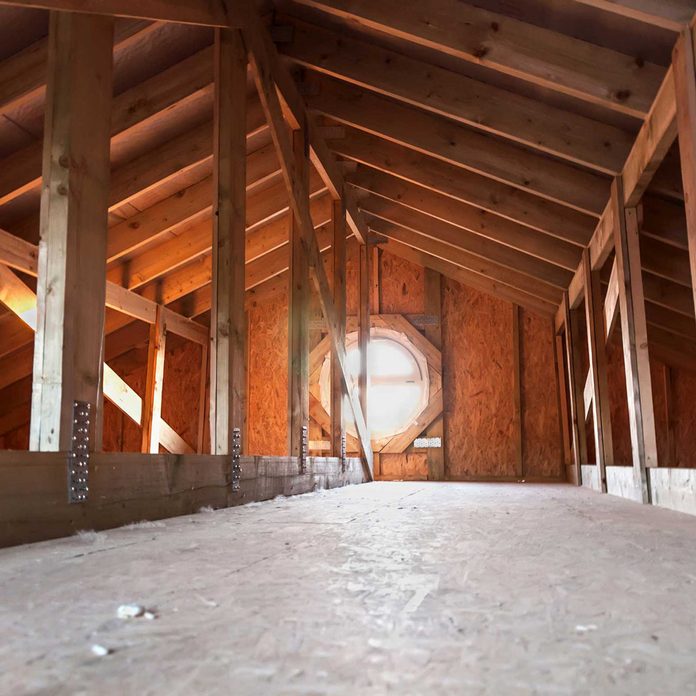
Add a Radiant Barrier to Your Roof Deck or Attic Ceiling
A radiant barrier is a highly reflective material that reflects radiant heat rather than absorbing it.
When combined with insulation, “it provides substantially more energy efficiency than anything you can do on the top of the roof like shingles,” Sears Home Services product manager Jim Eldredge says.
Applying a radiant barrier to the underside of the decking, Eldredge says, helps extend the life of your roof, keeps the decking and attic area cooler and provides additional energy efficiency throughout your house.
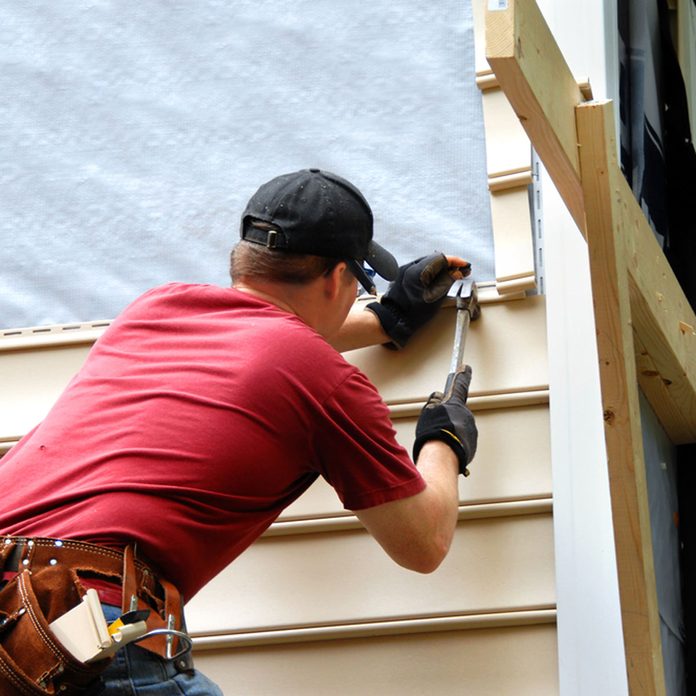
Replace your home’s siding
“Replacement is the only way to make siding more energy efficient,” Eldredge says. In other words, patching up siding can’t make a significant difference.
“We install a three-quarter-inch foam insulation behind all of our siding,” he explains, “which helps to make the home more energy efficient.”
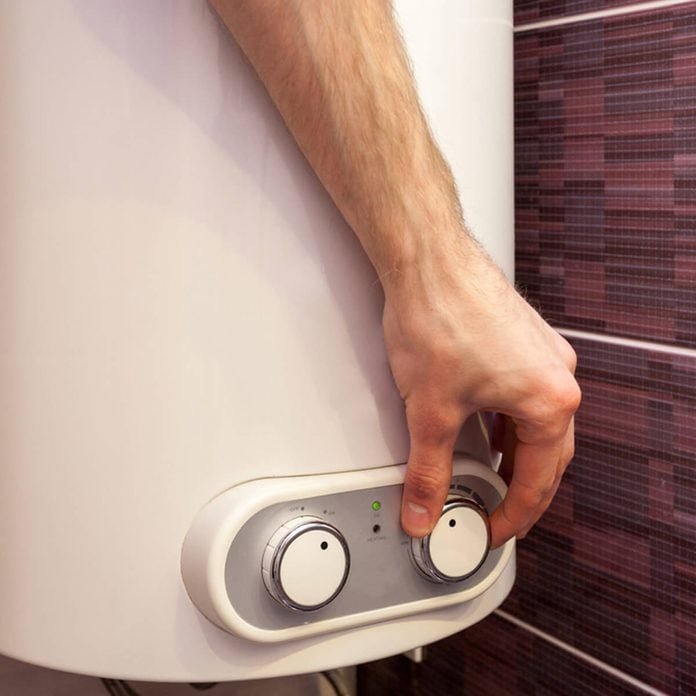
Adjust Your Water Heater Temperature
If your conventional water heater’s temperature is set too high, you could be losing lots of energy keeping that water warm when no one is using it. Take a look at your water heater and use your manual to find where the energy efficient temperature dials are, if you don’t already know.
Gas water heater tanks tend to have one bottom control, while electric water heaters may have two sensors to tweak. And turn the temperature setting down to 120 F. This temperature will still get your clothes and dishes clean.

Open Up Your Blinds
A lot of solar energy can pass through standard residential windows. And use that to your advantage! When then sun is out and bright, open up your window coverings and let the solar energy efficient heat in.
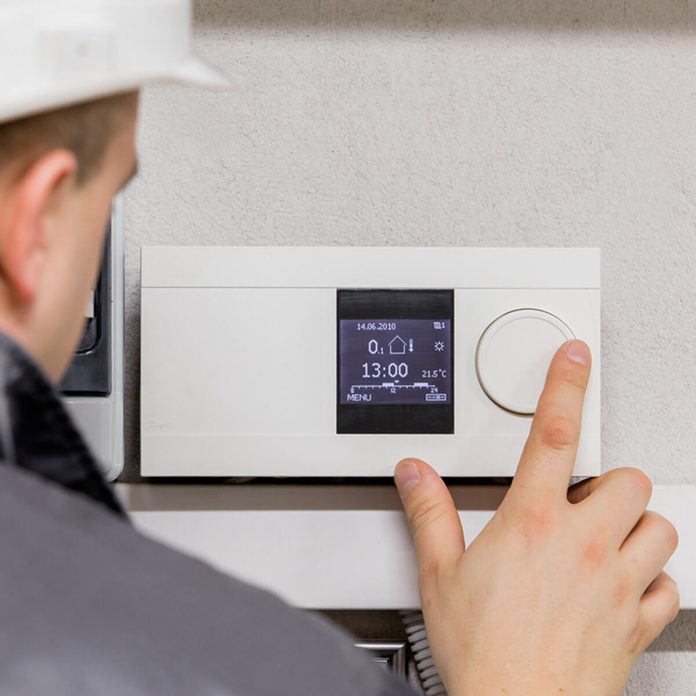
Remodel Your HVAC for Zones
If you are really committed to improving energy efficiency, consider installing a zone heating and cooling system. With these systems, you choose which zones of the house to heat and which to leave unheated.
And in larger houses in particular, this allows you to save money, since people tend to congregate in only one or two rooms. Note that merely sealing up your vents will not work, since this tends to make your HVAC system work even harder.
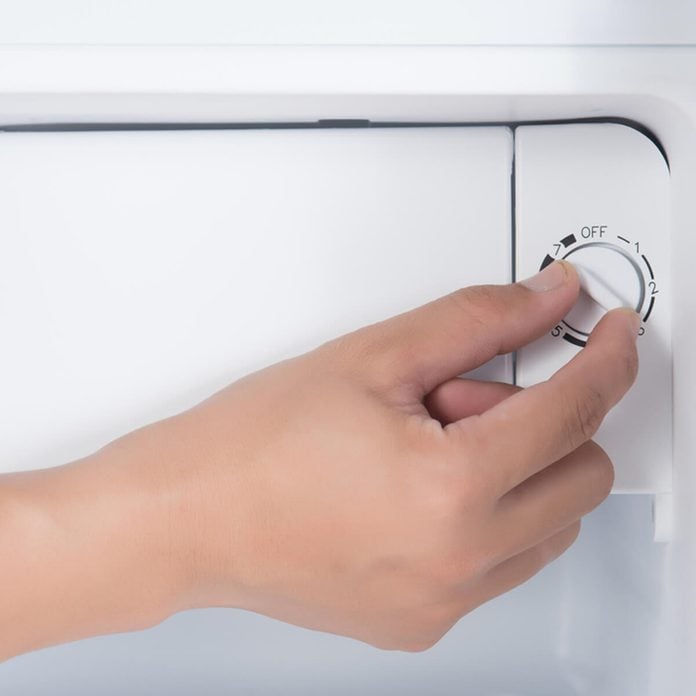
Clean and Maintain Your Refrigerator
If you’re like most people, your refrigerator probably sees a lot of use during the winter holidays, and that can waste a lot of energy. However, you can prep your fridge with a few maintenance tips.
First, make sure the refrigerator temperature is around 38 to 40 degrees F. in most compartments. This is plenty cool enough for most foods. And in refrigerators, spaced-out food stays cool more easily, while in the freezer packing food close together is more energy efficient.
You may also want to use a refrigerator calculator to see if you can save money with an upgrade. And always remember that if your refrigerator has coils, keep them free of dust.
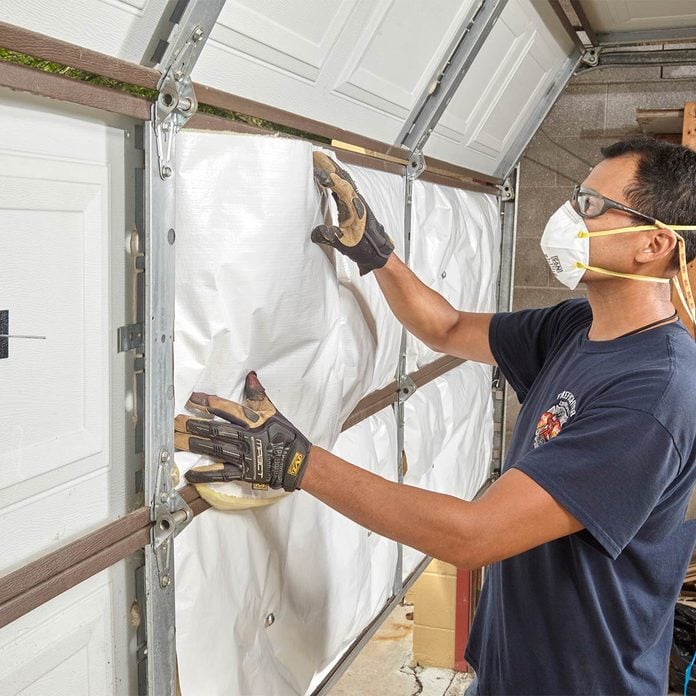
Insulate a Garage Door
Studies done by garage door manufacturers prove that an energy-efficient R-18 insulated garage door can keep your garage about 12 degrees warmer in winter months and about 25 degrees cooler in summer.
That reduces energy loss along the insulated walls and ceiling. A new R-18 garage door costs about $1,400 (installed price for a two-car garage), so it really doesn’t pay to replace yours based on energy savings alone.
You can, however, add insulation, doorstop weather stripping and a new bottom seal to your existing door to gain some savings and comfort. You can complete the entire job in about four hours for less than $200. Here’s how to insulate a garage door.